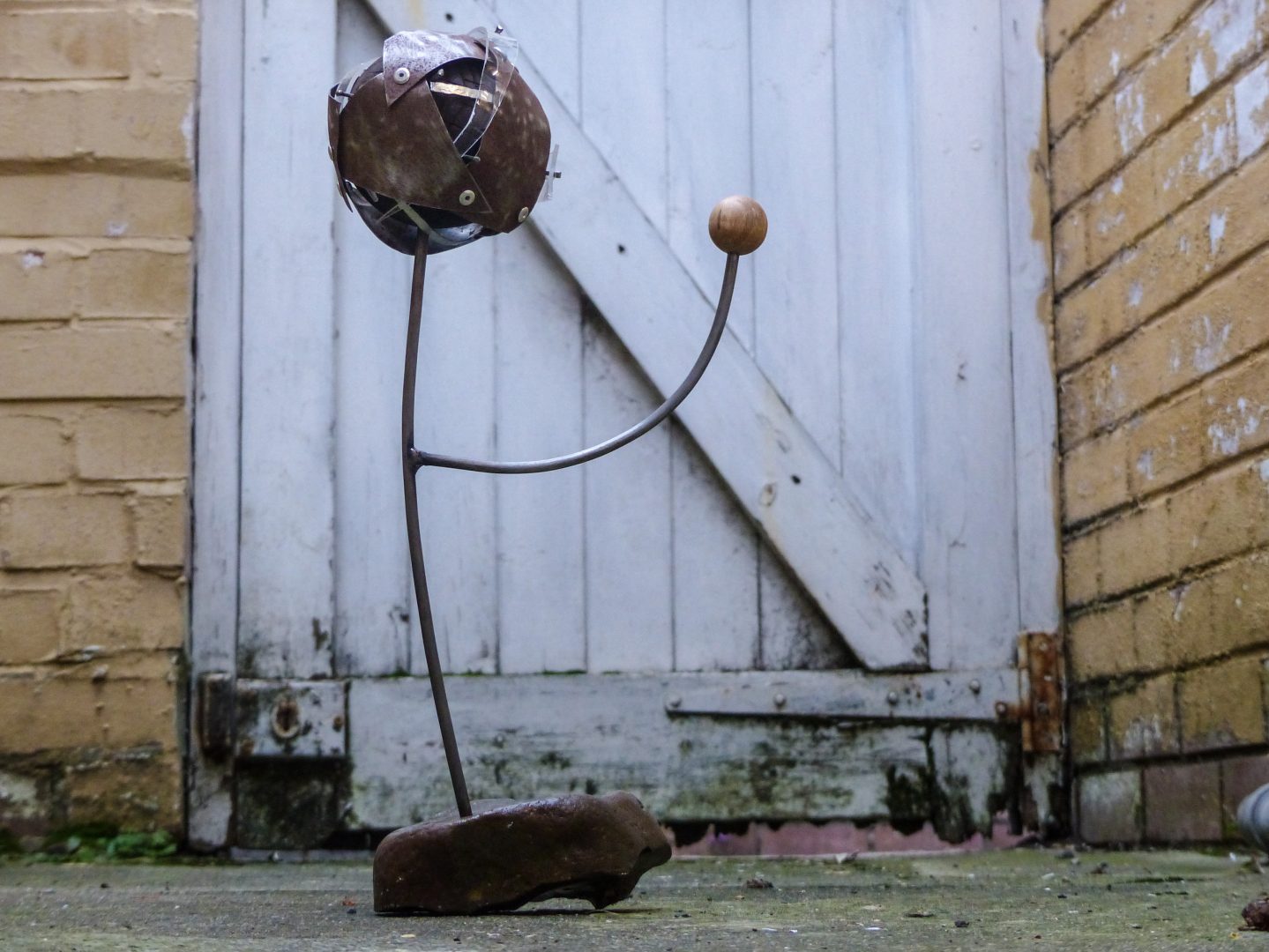The Open Call for the Social Art Award 2019 under the topic “We are the People – Peaceful Revolutions” was closed on December 15, 2019. We are very impressed by 558 submissions that were contributed by artists coming from 65 countries across all continents.
The winners of The Social Art Award 2019 are Narcissa Gold (USA), Melinda Mouzannar (Lebanon) and Bogna Grazyna Jaroslawski (Poland/Germany). The Honorary Mention goes to Kingson Kin Sing Chan (Hong Kong/UK).
Below you find the artworks, that passed the initial jury round. The public voting took place till 30 December and is a tool to give more public visibility to the topic and the artworks. It does not replace the final jury judgment. There were two wildcards for the most voted artworks that entered the final shortlist.
The focus diversity of applications shows that artists are active in the multi-faceted fields of socially engaged art reflecting on wars, genocides, femicides, traumata, violence against refugees, children, women, men, disabled people, LGBTIQs, animals. They share feelings for the planet and its living species, but also showing hopelessness due to complex crises be it climate change (e.g. in regard to water pollution), capitalism, corruption, a violation against human rights, nature, protected national parks. Many of the artists are constantly trying to give a voice to the poorest or empower unheard social groups.
It’s not only about peaceful revolutions, but it’s also about feeling a deep connection and showing love and respect for each other.
Thank you all for sharing your great and inspirational work and look at all the great contributions!
Refuse
Cameron Lings
open category
This sculpture, 'Refuse,' replicates the effects of pollution and climate change on our planet. A turned piece of ash presents the charred remains of our natural environment; imprisoned by seven segments of ruined steel, this portrays the new industrialised surface of the Earth. Melted plastic and hammered aluminium further encases this form, displaying elements of air pollution and our impossible means to escape it. Beside this sphere, stands a representation of our only moon, almost untouched by human hands, for now it remains still intact of our greed and desire for control. Earth should be known as a planet blooming with life and natural colour, yet the only life we recognise is our own kind, and the only colour comes from our 'off-cuts,' in the form of plastic in our oceans. It is precious, the only known planet in the solar system that can house living things, however due to our misconduct, violence and neglect, we must ask ourselves, 'do we deserve it?' We have forever refused to take responsibility, still there is only so much the planet can take, and today, time is of the essence. Created in March 2019, this has since appeared in the 'Lets Talk about the Anthropocene' exhibition at the 'Grand Parade Gallery,' Brighton, UK. How can art catalyze change?: Art can act as an eye-opener, the moment of self-realisation towards an issue can be sparked by an informative piece of artwork. At the same time, this can offer a sense of direction, in order to seek answers to problems we are currently unable to solve. Proposed as symbol.
This sculpture, 'Refuse,' replicates the effects of pollution and climate change on our planet. A turned piece of ash presents the charred remains of our natural environment; imprisoned by seven segments of ruined steel, this portrays the new industrialised surface of the Earth. Melted plastic and hammered aluminium further encases this form, displaying elements of air pollution and our impossible means to escape it. Beside this sphere, stands a representation of our only moon, almost untouched by human hands, for now it remains still intact of our greed and desire for control. Earth should be known as a planet blooming with life and natural colour, yet the only life we recognise is our own kind, and the only colour comes from our 'off-cuts,' in the form of plastic in our oceans. It is precious, the only known planet in the solar system that can house living things, however due to our misconduct, violence and neglect, we must ask ourselves, 'do we deserve it?' We have forever refused to take responsibility, still there is only so much the planet can take, and today, time is of the essence. Created in March 2019, this has since appeared in the 'Lets Talk about the Anthropocene' exhibition at the 'Grand Parade Gallery,' Brighton, UK. How can art catalyze change?: Art can act as an eye-opener, the moment of self-realisation towards an issue can be sparked by an informative piece of artwork. At the same time, this can offer a sense of direction, in order to seek answers to problems we are currently unable to solve. Proposed as symbol.



